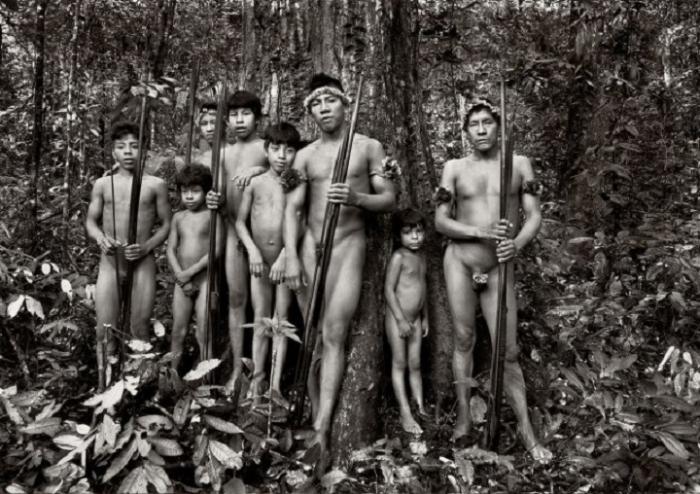For years, it was hard to get to Costa Rica’s easterly province, Talamanca. Along its long, sandy, coconutted shore, there are few villages. Before the road came, the only people who’d lived here were BríBri Indians and a few turtle-hunters, who’d wandered over from Jamaica many generations ago. Caught between the jungle and riptides, most people had settled down to a life of ease. ‘WE FISHIN’, said the signs, ‘HEALING SPACE’. It’s said that people here still enjoyed maypoles here, and Shakespeare, just as they had in old Jamaica.
I enjoyed the little towns along this shore. One was Cahuita, famous as a bolt hole for 17th century pirates. Another was Cocles, which consisted of a football pitch, a washerwoman, a grocery (selling mostly crisps) and an animal refuge. Among the rescued owls and monkeys there was a small alligator. “An American tourist found it,” said the keeper, “in her hotel shower.”
But, for the most part, it didn’t feel as if things happened suddenly here. Electricity only arrived in 1986, and “beans ‘n rice” were still top of most menus. Meanwhile, the beaches went on forever, and the fishermen still set out through the surfers, in long canoes. The older people even spoke an ancient dialect, called ‘Mek I tell you’, which was the sound of Jamaica, circa 1815.






